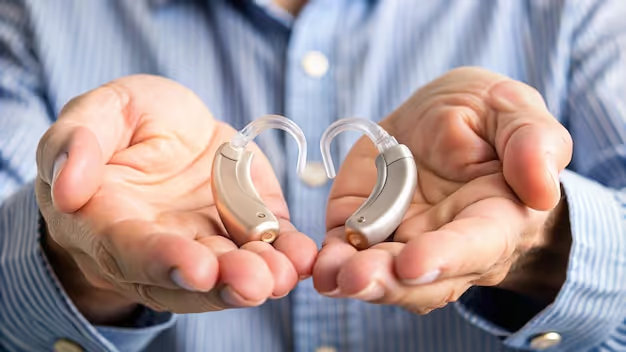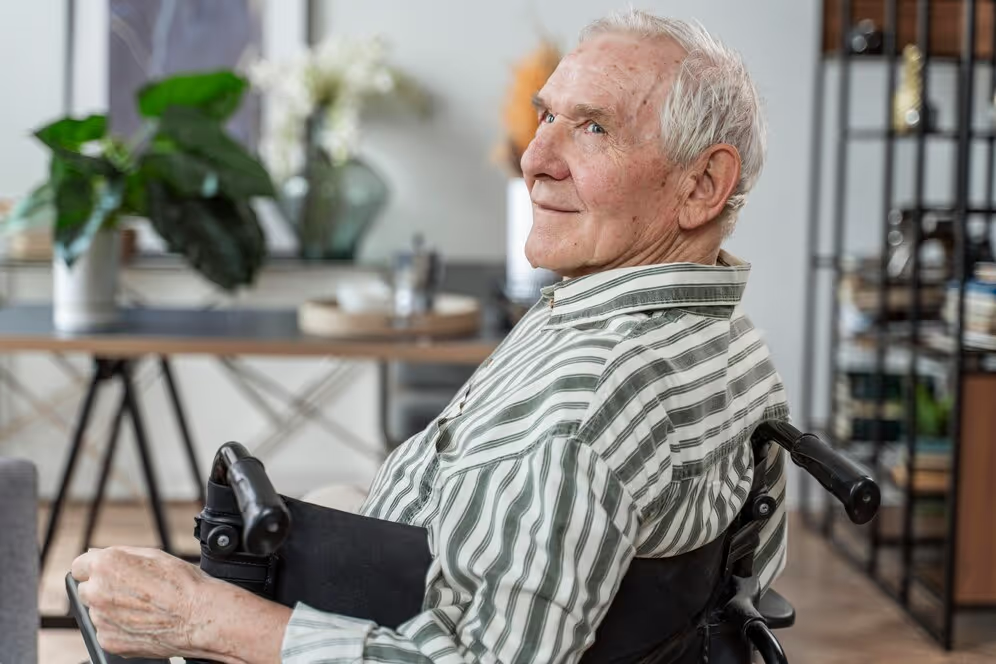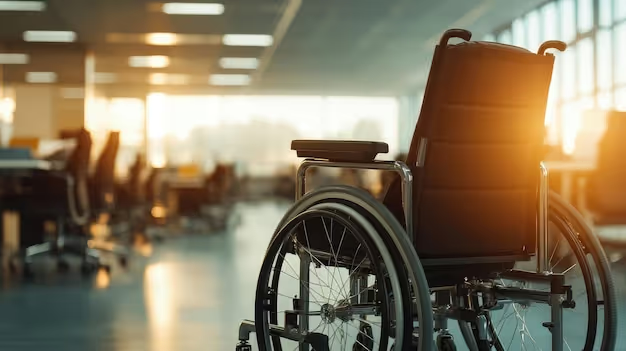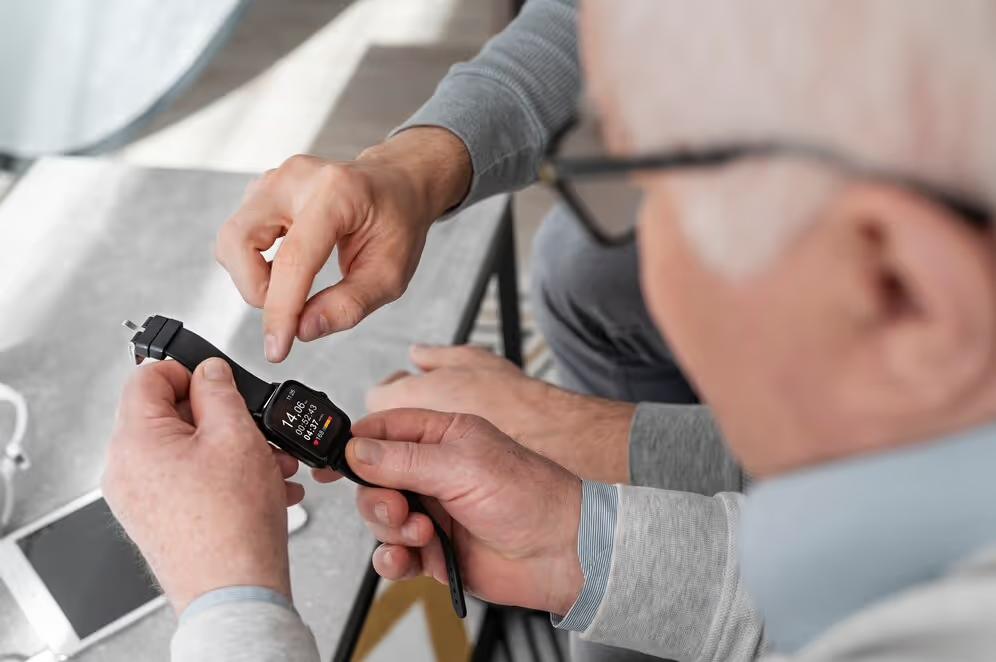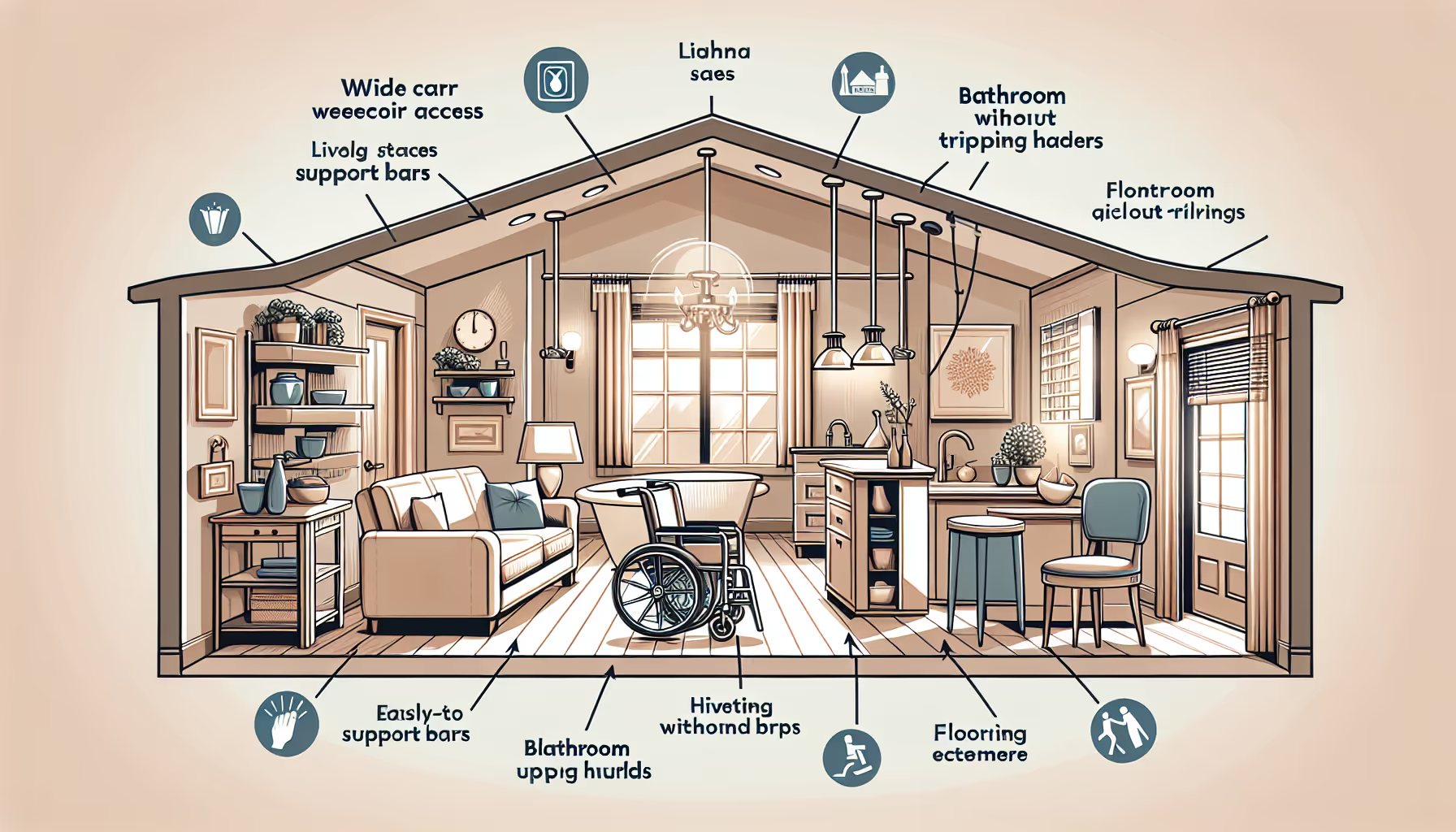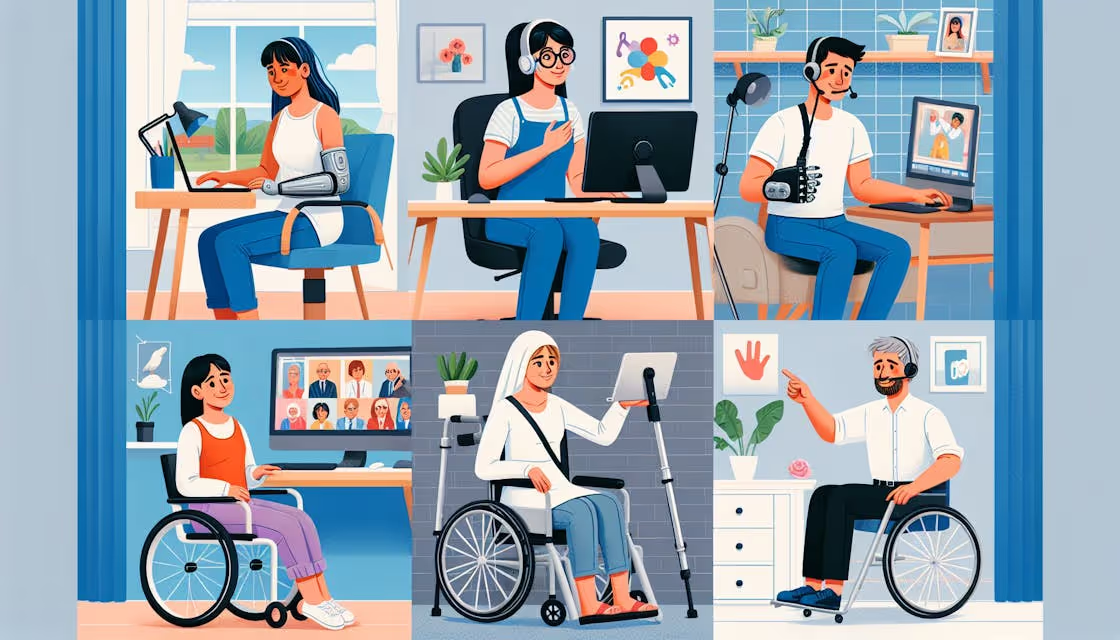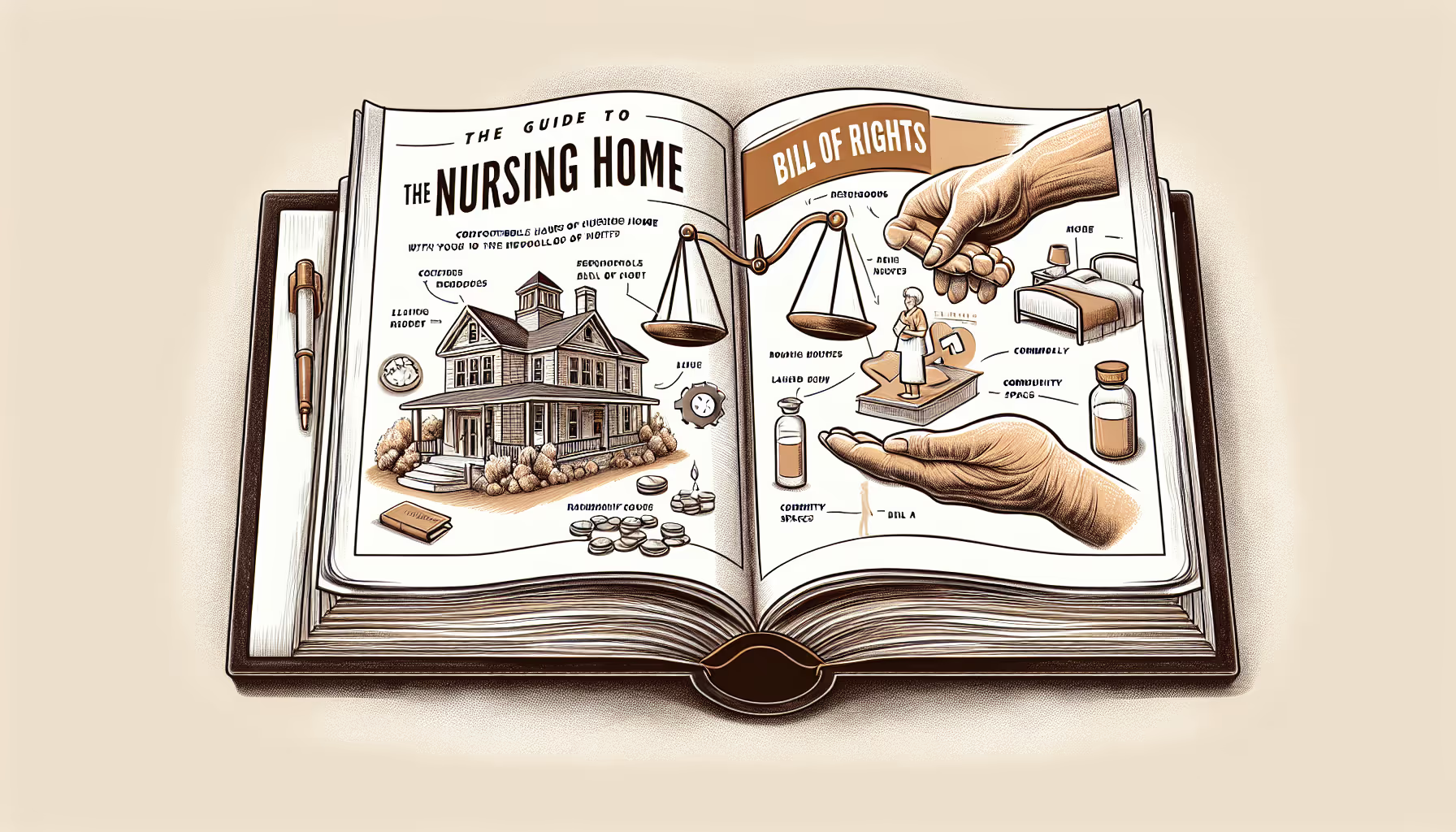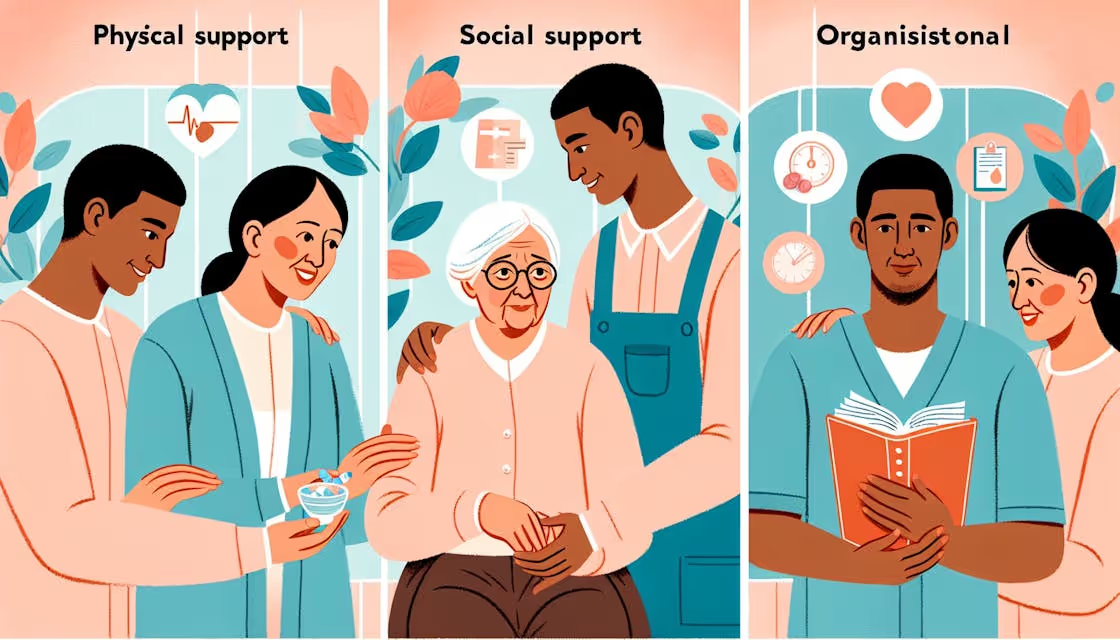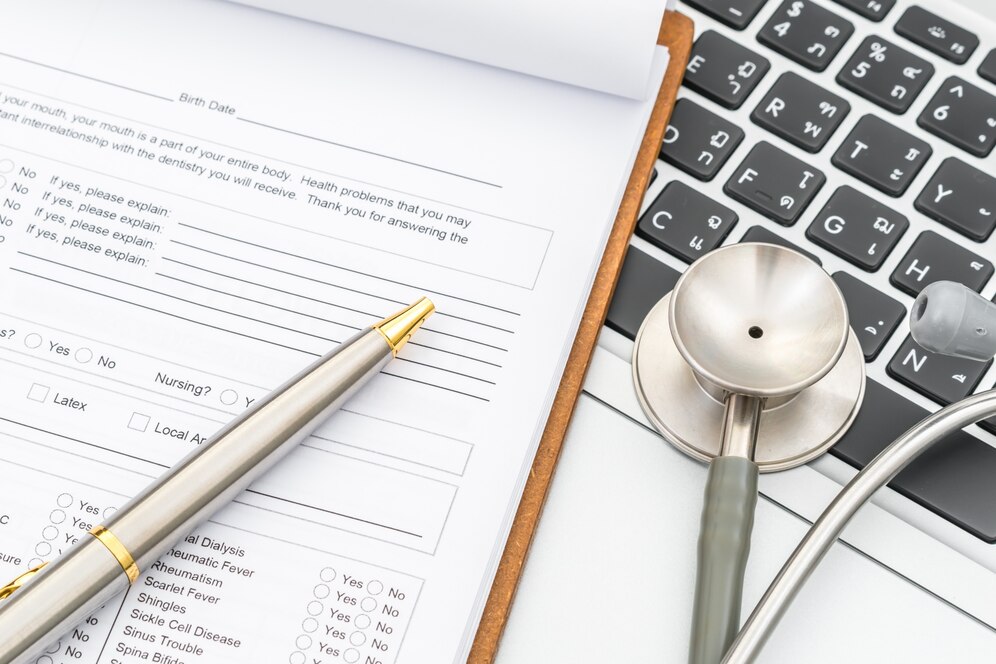The Role of Handicap Parking in New York
Navigate the ins and outs of handicap parking in New York, from permits to penalties. Stay in the know.
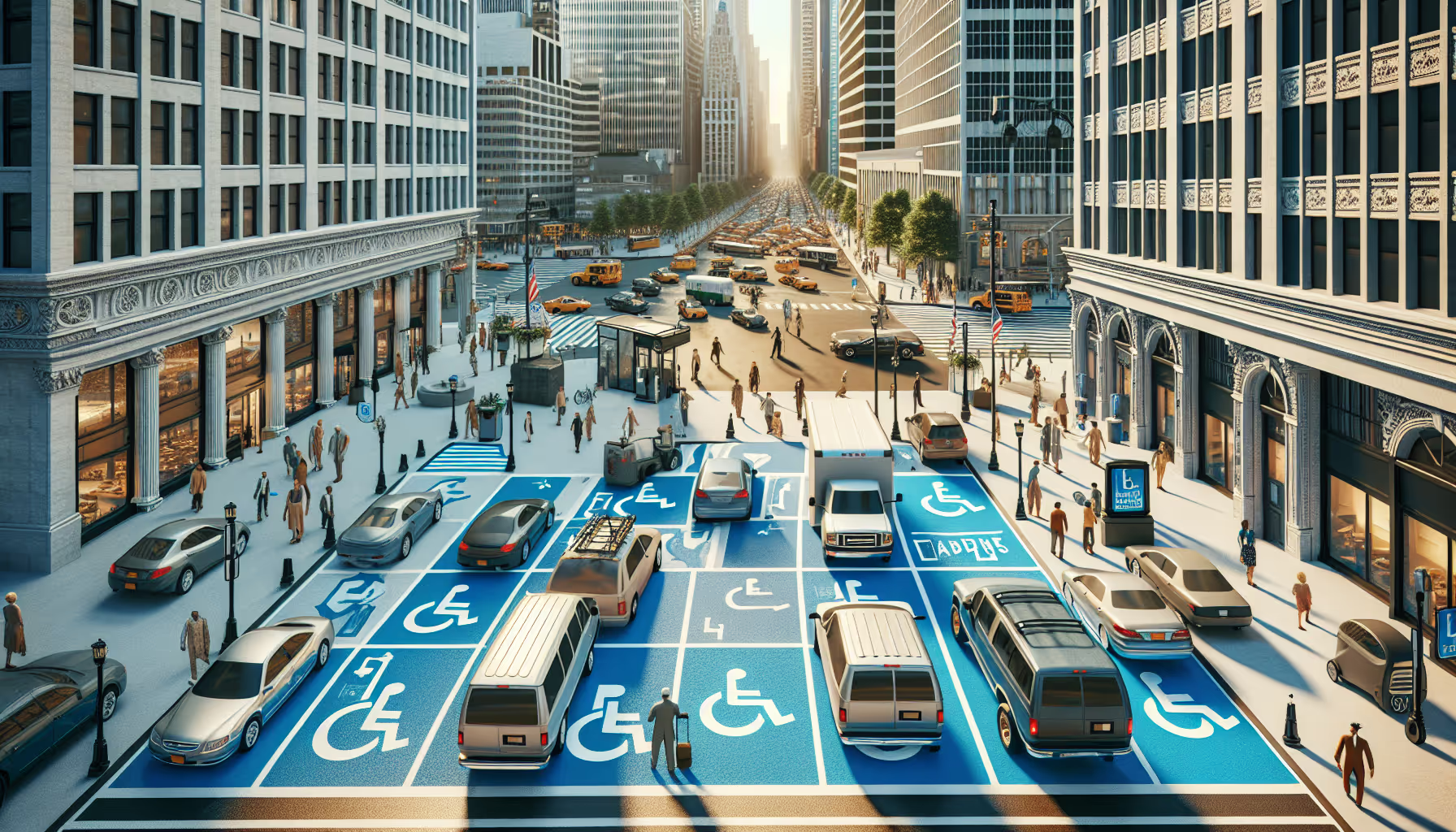
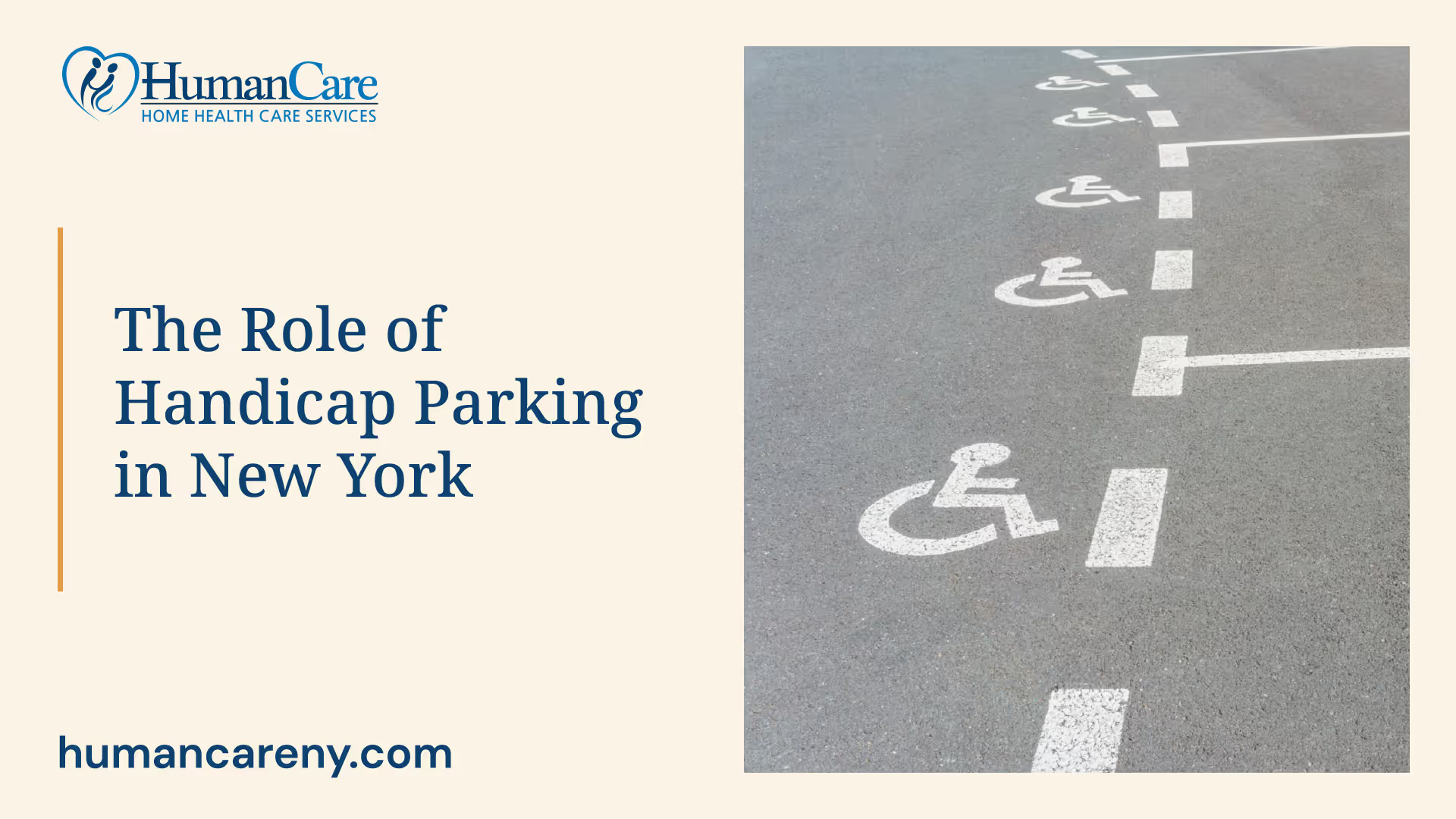
Understanding Handicap Parking
When discussing accessibility for the elderly and disabled, one key aspect that stands out is handicap parking. The purpose of handicap parking is to provide closer access to entrances for individuals with mobility impairments. In this section, we'll delve into the basics of handicap parking and specifically focus on the situation in New York.
Basics of Handicap Parking
Handicap parking, also known as disability parking, refers to designated parking spots reserved for individuals with disabilities. These spots are usually marked with the International Symbol of Access (ISA), a familiar image of a figure in a wheelchair. To park in these spaces, a vehicle must display a valid handicap parking permit or license plate.
The main goal of handicap parking is to provide individuals with severe walking disabilities easier access to buildings and facilities. These parking spaces are typically located near ramps, walkways, and entrances to minimize the distance individuals with mobility impairments need to travel. It's important to note that misuse of these parking spots by unauthorized individuals is illegal and subject to penalties, as stated by the NY DMV.
Handicap Parking in New York
In New York, the rules surrounding handicap parking are clear. A legitimate disability parking permit allows individuals with severe walking disabilities to park in designated handicap parking spaces. The issuance of these permits is strictly limited to individuals whose mobility is significantly impaired due to a permanent or temporary disability.
In New York City specifically, vehicles that display a valid handicap parking permit or license plate are allowed to park for free in any space designated for handicap parking.
Additionally, drivers with disabilities in New York City can apply for a parking permit to use designated parking spots close to their destinations. These blue permits must be displayed along with a valid parking ID to avoid parking tickets.
Understanding the ins and outs of handicap parking in New York, from the basics to the specific rules and regulations, is essential for ensuring accessibility and convenience for individuals with disabilities. As we explore further into the topic, we'll look at how one can obtain handicap parking permits, the different types of permits, the legal aspects of handicap parking, and more.
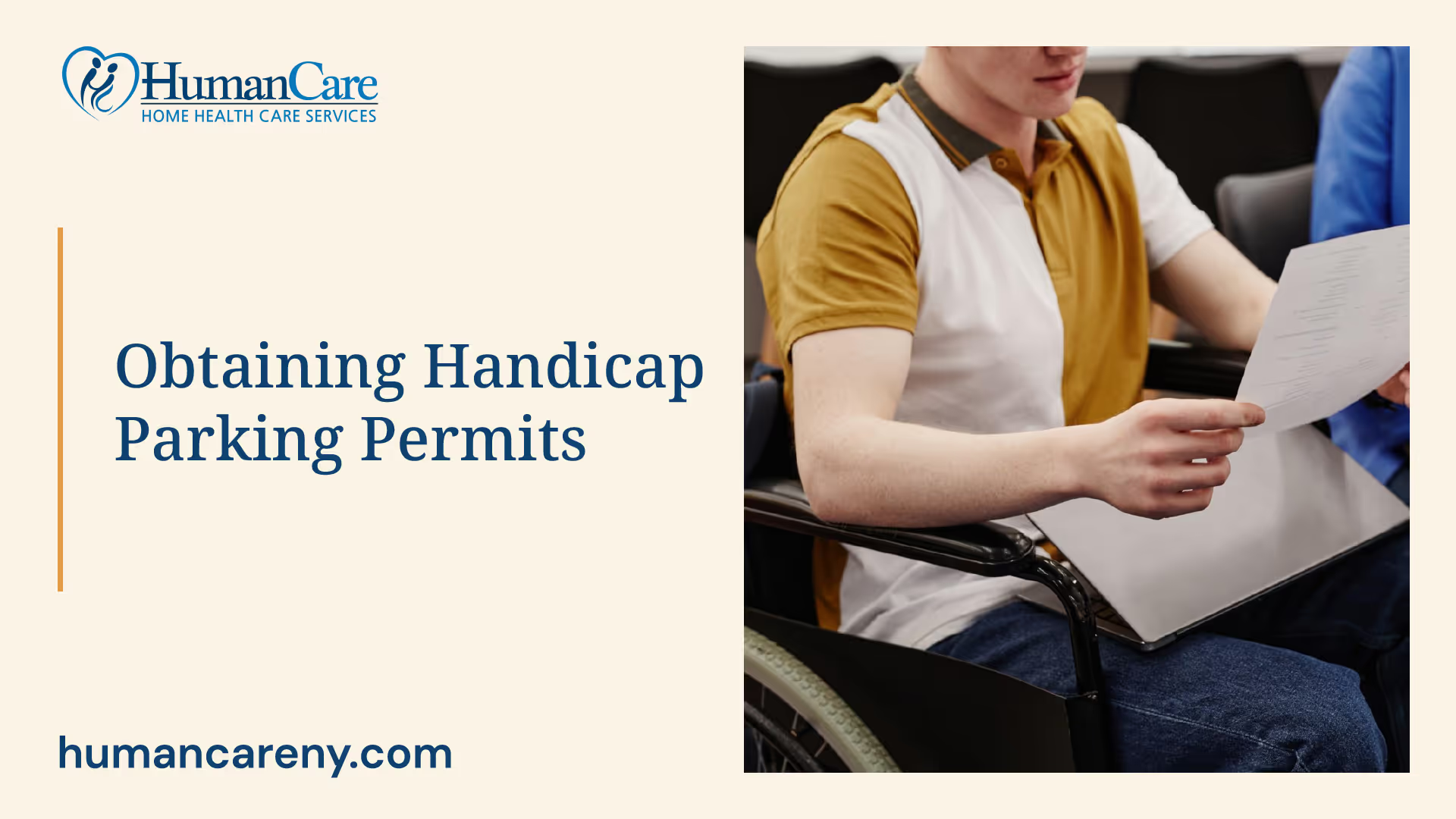
Obtaining Handicap Parking Permits
Navigating the city can be challenging for individuals with disabilities, especially when it comes to finding suitable parking. Fortunately, New York provides handicap parking permits to individuals with severe walking disabilities, offering them the convenience of parking in designated handicap spaces. This section will cover the eligibility criteria for obtaining these permits and guide you through the application process.
Eligibility for Handicap Permits
In New York, handicap parking permits are issued only to individuals who have a permanent or temporary disability that significantly impairs their mobility. This includes, but is not limited to, individuals who:
- Are unable to walk 200 feet without stopping to rest.
- Cannot walk without the use of, or assistance from, a brace, cane, crutch, another person, prosthetic device, wheelchair, or other assistive device.
- Are restricted by lung disease to such an extent that the person's forced (respiratory) expiratory volume for one second, when measured by spirometry, is less than one liter, or the arterial oxygen tension is less than sixty mm/hg on room air at rest.
- Use portable oxygen.
- Have a cardiac condition to the extent that the person's functional limitations are classified in severity as Class III or Class IV according to standards set by the American Heart Association.
Application Process for Permits
The application process for handicap parking permits in New York requires verification from a healthcare provider certifying the individual's disability. The steps to apply for a permit are as follows:
- Obtain an application form from the NY DMV website or local DMV office.
- Complete the applicant section of the form.
- Have your healthcare provider complete the Medical Certification section of the form.
- Submit the completed application by mail or in person to your local DMV office.
Upon approval, New York issues a distinctive removable windshield placard for disabled parking, which is free and requires certification from a medical professional confirming the applicant's disability [3].
In addition to the removable windshield placard, people with disabilities in New York can also apply for an accessible parking license plate that provides the same parking privileges.
Remember, the use of a handicap parking permit is a privilege and not a right. Misuse or abuse of these permits can result in penalties, including fines and revocation of the permit. Always ensure that the permit is being used by the individual it is issued to and that it is clearly displayed when parking in a designated handicap space.
Types of Handicap Parking Permits
Diving deeper into handicap parking in New York, there are two main types of parking permits issued to individuals with disabilities: the New York State Permit, and the New York City Permit. These permits grant holders the privilege to park in designated handicap parking spaces, enhancing their mobility and accessibility.
New York State Permit
For residents outside of New York City, the New York State Department of Motor Vehicles (DMV) issues a distinctive removable windshield placard for disabled parking. This placard is free and requires certification from a medical professional confirming the applicant's disability.
The state also issues distinctive license plates for vehicles transporting people with disabilities. These plates provide the same parking privileges as the removable windshield placard, allowing holders to park in reserved handicap spots [3].
New York State offers both temporary and permanent disability parking permits, each with distinct durations. The eligibility for these permits is based on the severity of the disability, specifically in relation to mobility impairment.
New York City Permit
In New York City, drivers with disabilities can apply for a special parking permit that allows them to park in designated handicap parking spots close to their destination. The blue permit, along with a valid parking ID, must be displayed to avoid parking tickets [2].
Additionally, vehicles displaying a valid handicap parking permit or license plate are allowed to park for free in any space designated for handicap parking in the city [2].
It's important to note that misuse of these permits, such as by unauthorized individuals, is illegal and punishable by law. The person with the disability must be present in the vehicle for the permit to be valid.
Both the New York State and New York City permits aim to enhance mobility and accessibility for individuals with disabilities, reaffirming the city's commitment to inclusivity and equal opportunity. They represent a crucial aspect of handicap parking in New York, providing a necessary convenience for those in need.
Legal Aspects of Handicap Parking
Understanding the rules, regulations, and penalties associated with handicap parking is essential for all drivers. This is particularly important for individuals who utilize handicap parking in New York, ensuring they are in compliance with the law.
Rules and Regulations
In New York City, vehicles displaying a valid handicap parking permit or license plate are allowed to park for free in any space designated for handicap parking [2]. Moreover, drivers with disabilities can apply for a parking permit to use designated parking spots close to their destinations. The blue permit must be displayed along with a valid parking ID to avoid parking tickets.
Furthermore, New York State allows parking privileges for people with disabilities, with designated parking spaces to be used only by those with a handicapped parking permit or license plate. To qualify for a legitimate disability parking permit, individuals must have a permanent or temporary disability that substantially impairs their mobility.
Penalties for Misuse
It is illegal for any unauthorized person to use a disability parking permit or operate a vehicle that displays one unless the person with the disability is present. Violating this rule can result in hefty fines. For instance, the penalty for parking illegally in a handicap parking space without a permit can be a fine of $250 to $275.
Moreover, violation of handicapped parking rules in New York can result in fines ranging from $50 to $75 for a first offense, and between $75 to $150 for each subsequent offense within a 12-month period. In some cases, handicapped parking violations can also lead to the impoundment of the offending vehicle by law enforcement officials.
Staying informed about the legal aspects of handicap parking not only ensures that you are using these designated spaces appropriately but also helps to maintain a supportive and accessible environment for those who need it. Always remember to respect these spaces and the individuals who rely on them.
Complying with Accessibility Guidelines
As part of New York's commitment to accessibility, there are specific guidelines in place to ensure handicap parking is readily available and accessible. These guidelines cover both on-street and reserved parking, providing necessary provisions for individuals with disabilities.
On-street Parking Accessibility
The guidelines for on-street parking accessibility are overseen by the Public Right-of-Way Accessibility Guidelines (PROWAG). According to NYS LTAP-Cornell, PROWAG requires that accessible parking spaces have easy access to pedestrian systems such as sidewalks and trails. This includes the provision of ramps and adequate space to maneuver safely out of the way of traffic.
Moreover, the minimum required number of accessible parking spaces for on-street parking increases along with the total number of metered or designated parking spaces. Compliance with these guidelines ensures that individuals with disabilities can access the necessary parking facilities safely and conveniently when navigating through New York.
Reserved Parking Accessibility
In New York State, specific guidelines govern the provision of accessible parking spaces in reserved parking lots. According to NYS LTAP-Cornell, there is a requirement for at least one accessible parking space for every 20 parking stalls, up to a maximum of 10 spaces.
Additionally, for every six accessible spaces, one space must be able to accommodate a van. Larger parking lots with more than 500 stalls are subject to the full requirements of the US Access Board standards, while smaller lots are governed by New York State laws.
For more detailed information on the sizing and layout of accessible parking stalls, beyond the minimum requirements set by New York State and the US Access Board, individuals can refer to the US Access Board Technical Guide on Parking.
By adhering to these guidelines, New York continues to strive towards improved accessibility, providing a more inclusive and convenient environment for elderly individuals and those with disabilities. The compliance with these guidelines ensures that handicap parking in New York is not only widely available, but also conveniently accessible, creating a safer and more welcoming city for all.
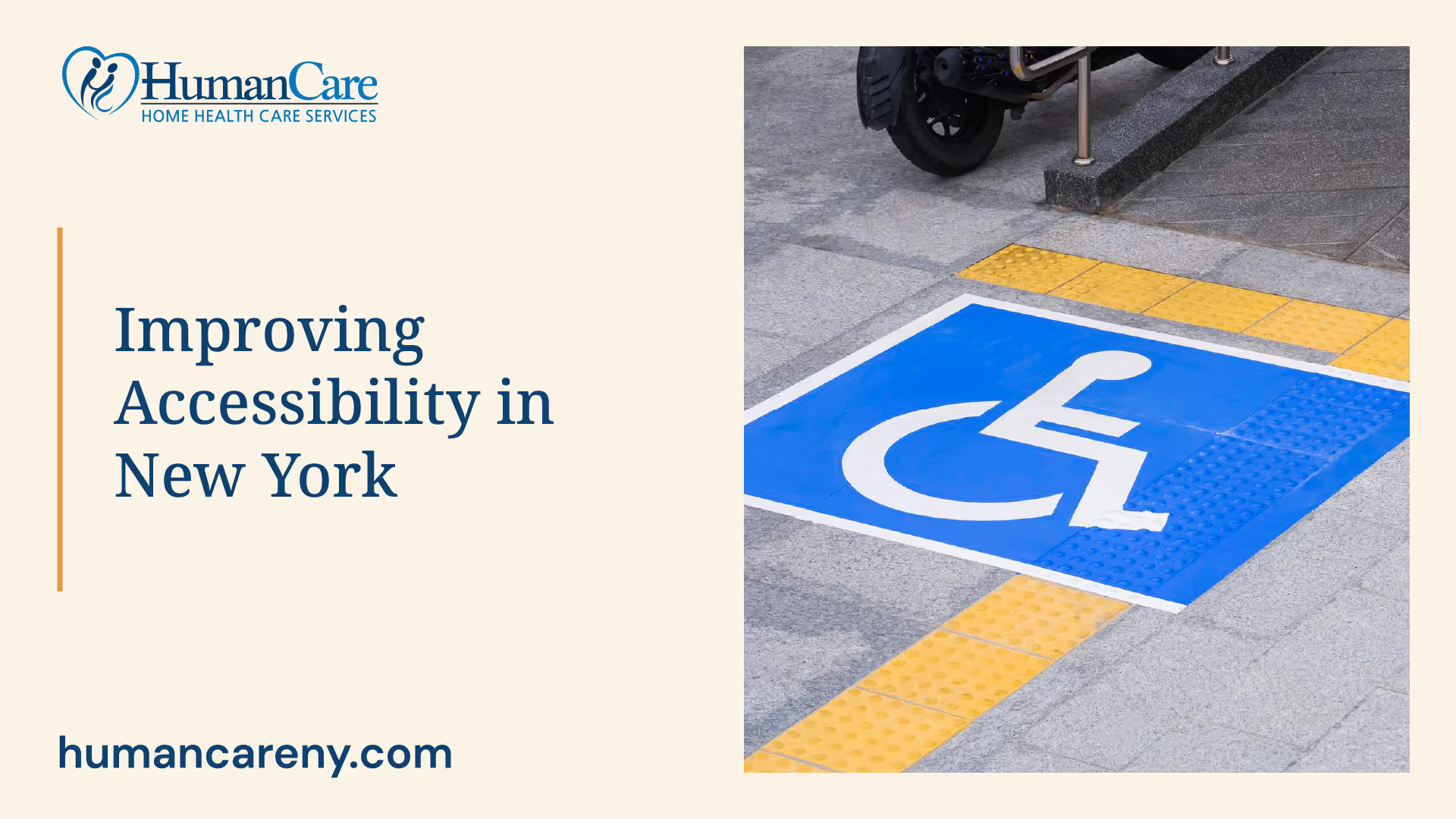
Improving Accessibility in New York
Efforts to improve accessibility, particularly for elderly and disabled people, have been a primary focus in New York City. These endeavors are manifested in the development of the Five-Year Accessibility Plan and the provision of various support for people with disabilities, especially in terms of handicap parking in New York.
NYC's Five-Year Accessibility Plan
The New York City Department of Transportation (NYC DOT) has created a robust Five-Year Accessibility Plan that aims to enhance accessibility throughout the city streets [5]. This plan concentrates on four main areas: improving physical access, enhancing accessible services, fostering workforce inclusivity, and promoting effective communication.
A significant component of the plan revolves around improving physical access. This is achieved through the construction and maintenance of pedestrian ramps, which provide safe access on and off the streets and sidewalks of New York City. The aim is to make pedestrian spaces safe and accessible for all users.
Another noteworthy initiative under this plan is the installation of accessible pedestrian signals. These signals offer safety for individuals who are blind or have low vision by assisting them in crossing streets through short recorded messages and sounds. This greatly enhances their safety while navigating the city.
Support for People with Disabilities
In addition to the Five-Year Accessibility Plan, New York City provides considerable support for people with disabilities, particularly in terms of parking. The city offers a Parking Permits Call Center at 718-433-3100, available Monday through Friday, 9 am to 5 pm. This service aims to assist citizens with disabilities who have questions regarding parking permits [5].
The NYC Parking Permit for People with Disabilities (PPPD) is another significant support mechanism. It allows individuals to park at "No Parking" zones on public streets and at parking meters in New York City without depositing money. The placard, also known as a "Special Parking Identification (SPI) Permit," must be placed on the driver's side dashboard.
Even non-drivers, such as children with qualifying disabilities, are eligible to apply for the NYC PPPD [6]. It's important to note that expired 2020, 2021, and 2022 City PPPD or Temporary Use On-Street permits will expire on October 31, 2023. After this date, vehicles found using expired City PPPD permits may be ticketed and/or towed.
To ensure that their application review is completed by NYC DOT and NYC DOHMH, applicants with a qualifying disability should apply for the NYC PPPD before November 1, 2023. The application for the PPPD requires certification from both the applicant's personal physician and an NYC physician designated by the Department of Health and Mental Hygiene (DOHMH) Medical Certification Unit (MCU) stating a severe, permanent disability that impairs mobility.
These efforts by New York City to improve accessibility and provide support for people with disabilities, particularly with regard to handicap parking, reflect a commitment to inclusivity and equal opportunities for all residents.
References
[1]: https://dmv.ny.gov/brochure/parking-people-disabilities-law
[3]: https://dmv.ny.gov/more-info/parking-people-disabilities
[4]: https://www.nysenate.gov/legislation/laws/VAT/1203-C
[5]: https://www.nyc.gov/html/dot/html/about/accessibility-information.shtml
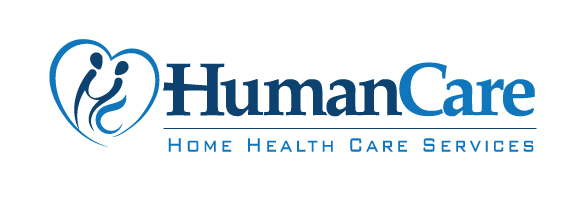


.avif)








